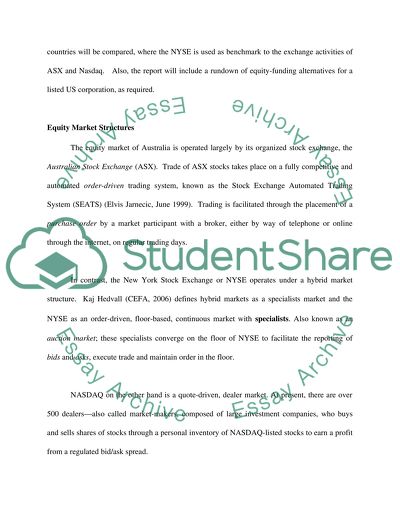Cite this document
(“Regulatory Frameworks of the Equity Markets of Australia and the USA Essay”, n.d.)
Regulatory Frameworks of the Equity Markets of Australia and the USA Essay. Retrieved from https://studentshare.org/finance-accounting/1515817-money-and-banking-essay
Regulatory Frameworks of the Equity Markets of Australia and the USA Essay. Retrieved from https://studentshare.org/finance-accounting/1515817-money-and-banking-essay
(Regulatory Frameworks of the Equity Markets of Australia and the USA Essay)
Regulatory Frameworks of the Equity Markets of Australia and the USA Essay. https://studentshare.org/finance-accounting/1515817-money-and-banking-essay.
Regulatory Frameworks of the Equity Markets of Australia and the USA Essay. https://studentshare.org/finance-accounting/1515817-money-and-banking-essay.
“Regulatory Frameworks of the Equity Markets of Australia and the USA Essay”, n.d. https://studentshare.org/finance-accounting/1515817-money-and-banking-essay.


